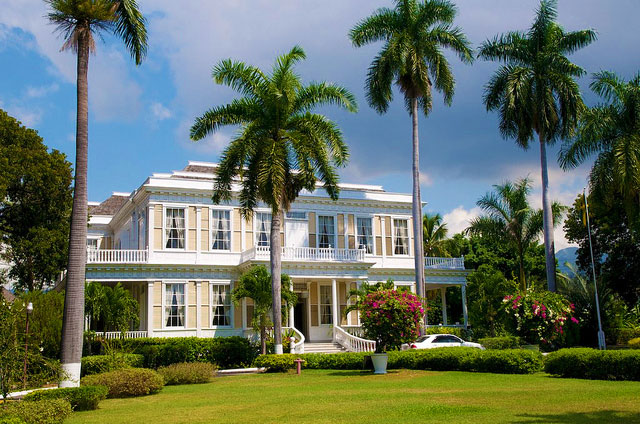In Israel’s Shaar Elisha Camp through the lens of Covid-19, Rhona Siedelman revisits the history of quarantine in Israel, and draws conclusions about the potential for the negative social impact of quarantining, through examining the ineffectuality of the Shaar Elisha quarantine camp. Siedelmen argues that Quarantine’s history of social control, and the divisions the process naturally creates, can point towards its potential to exacerbate divisions and result in a “setting apart” that serves to enable discrimination. Shaar Elisha quarantined immigrants in a manner that was entirely ineffectual, and that detected no diseases that were cause for quarantine. Siedelman argues that the Shaar Elisha’s primary function was to segregate immigrants at a time when a significant portion of Israel had misgivings about newcomers, and, like many quarantines, served more to “discriminate against marginalized, vulnerable communities” than to protect the health of the Israeli community. This history, Siedelman argues, and the potential for discrimination enabled through quarantine that it points toward, must be understood in the era of Covid-19 to avoid repeating the mistakes of the past and allowing the fear brought on by potential illness to foment prejudice.
Siedelman’s argument clearly establishes the potential for quarantine as a method of segregation, and clearly and concisely explains the sort of social othering a quarantine can create through examining the function of Shaar Elisha as a method of segregating immigrants, rather than as a method of effectively protecting Israel’s populace. Siedelman’s argument focuses on the ineffectual and unnecessary quarantining present at Shaar Elisha nearly exclusively, and makes a compelling case for how the “cross-cultural act of separation” was used to assuage the unease of the Israeli population. In so doing, she demonstrates how quarantine can both exacerbate divisions and be used as a means of social control. However, by focusing exclusively on the Shaar Elisha ( and briefly on the biblical history of quarantine), Siedelmen fails to demonstrate that this sort of effect happens whenever quarantines are established. The Shaar Elisha situation is one in which there was truly no disease to control, which makes it notably different from quarantine practice in the modern coronavirus pandemic, where lethality is high. Presumably, the actual danger potentially posed by a serious illness would exacerbate the sorts of fears and divisions that can be created by a quarantine, but although Siedelman points to the “depressing historical predictability of the social outcomes of the pandemic,” and states that “what we are all experiencing… … fits predictably within quarantine history,” she fails to establish the exact, specific relationship the self-quarantine demands of Covid-19 have to the sort of physical barriers present in Shaar Elisha- or that between their consequences, leaving it up to the reader to establish more direct connections. The relationship between the sorts of prejudice enabled by quarantining immigrants and the sorts of prejudice enabled by media portrayal of a pandemic may not drawn be explicitly, but seems compelling all the same, given common knowledge of the sorts of biases that have become prevalent throughout the pandemic’s course, so it is possible this issue is not severe.. It is possible that Siedelman’s argument may have benefitted from briefly employing the social consequences of pandemic situations and pandemic quarantining to better align to current events, despite her focus being Israel’s history of the matter.

